Introduction to Pandas 2.0


Introduction to Pandas 2.0
Introduction to Pandas 2.0
If you’re a data analyst who is looking for an efficient way to manipulate and process your data, then you should take a look at the latest version of Pandas – version 2.0. Pandas is a powerful Python library specifically designed for data exploration and analysis.
Pandas 2.0 has some exciting new features that are sure to help make your work even faster and more efficient. One of the most significant features is the optimized performance enhancement, which drastically reduces the amount of time it takes to run even the most complex calculations. The vectorized string methods have also been improved, making it easier to apply operations on strings without looping over them all manually.
In addition, there have been many improvements made to Pandas’ RangeIndex functions, allowing users greater flexibility when working with their data sets. This includes more efficient indexing and support for arbitrary integers as well as other index types like floats, strings, timestamps and arrays of each type.
Also included in Pandas 2.0 is something called ERIs (Extended Rating Indices). These indices provide a way of evaluating the performance of different investments over extended periods of time and offer deeper insight into investment trends than traditional rating indices do.
Overview of Data Structures
This overview will provide a brief introduction to data structures and then dive into the features and functions of Pandas 2.0. We’ll cover the types of data structures available in Python, including lists, tuples, dictionaries, sets, and more. We’ll also discuss the different methods used to create new objects within these structures and review the features that make Pandas 2.0 so powerful for processing and analysis. Finally, we’ll look at how you can combine multiple data structures for maximum efficiency in your programming projects.
When utilizing Data Structures with Python Libraries & Packages such as Pandas 2.0 you have access to a vast array of functions & features used for creating new objects as well as processing & analyzing existing data sets. The package provides excellent tools for combining multiple data structures into one cohesive unit; making tasks like categorization or sorting easier to accomplish than ever before. Data Science Course in Nagpur
Pandas 2.0 provides many valuable resources for developers looking to manipulate data quickly & efficiently without sacrificing quality results in the process. The library is packed with efficient sorting algorithms meant to quickly identify patterns within large datasets without compromising accuracy or reliability when performing analysis tasks such as categorization of clustering operations.
Accessing and Manipulating Data
Welcome to the world of data manipulation with Pandas 2.0! In this section, we’ll cover the basics of loading, manipulating, summarizing, grouping and aggregating, filtering and slicing data, merging datasets, working with time series data and visualizing and plotting data.
First thing’s first: let’s talk about loading data into a Pandas DataFrame. Before you can manipulate any kind of data with pandas you need to load it into the DataFrame. The easiest way to do this is by using a CSV file or other external file source like an Excel worksheet or a database. Pandas provides convenient functions for loading your data so you can start manipulating your dataset right away.
Once your dataset is loaded into a DataFrame it’s time to start manipulating it! One way you can do that is by summarizing your DataFrame; this will give you an understanding of what kinds of values are present in each column or rows of the DataFrame. Summarizing can also be used to get basic statistical information such as mean, median, etc.. Additionally, you can use grouping/aggregating and filtering/slicing techniques to perform more complex manipulations on your dataset. Grouping/aggregating allows you to create groups based on certain criteria while filtering/slicing helps you select specific rows or columns of your dataset based on their values.
Working with Time Series in Pandas
Time Series is a sequence of data points taken at successive, usually evenly spaced intervals in time. It’s terrific for analyzing trends over time and forecasting future events. To be able to take advantage of its features, you’ll want to understand the new data structures like DatetimeIndex objects and become familiar with resampling & frequency conversion, shifting & lagging, rolling vectorized operations and windows & expanding methods the abilities to change frequency and apply rolling computations. Data Science Course in Nagpur
The DatetimeIndex object will allow you to store multiple dates or times into a single object when used with pandas’ DataFrames or Series objects, it enables you to easily manipulate information from the index itself without having to use other libraries such as NumPy. Additionally, resampling & frequency conversion is allowing you to convert your time series data into different frequencies ranging from milliseconds all the way up to years. Next you’ll want to explore the existing options for shifting & lagging which enable you to take values in a Series or DataFrame and move them either forward (shift) or backward (lag).
To accelerate analysis of your time stamped data even further, there are rolling vectorized operations available so that instead of performing computations row by row within each group, pandas allows us to specify an entire window size (which could be up 3 months or 6 months), which will automatically generate summary statistics across many rows at once.
Using Statistics with Pandas
Understanding how Pandas works is essential if you want to get the most out of it. The basics include the ability to import and clean data, explore it through manipulation methods such as group by and pivot tables, apply mathematical and statistical functions, and visualize the results with various plot types.
By leveraging Pandas 2.0 capabilities, you can quickly gain insights from your data. This can be especially advantageous when working with large datasets or when tracking real time changes in your data over time. Having a good grasp of the underlying concepts will help you extract maximum value from your data sets at any scale.
It’s also important to understand that you must have a good understanding of basic stats before attempting to use pandas 2.0 for statistical purposes. This includes understanding terms like mean, median, mode, standard deviation, correlation coefficients etc., as well as being able to understand how different parameters affect each other and the overall dataset behavior.
Finally, understanding how to manipulate your data with plot types is key for getting any meaningful insight out of it. Pandas has built in plotting api’s which makes this task extremely easy and efficient with features like subplots, logarithmic axes scaling etcCustomizable plot formatting options are also available which allow further customization if necessary so that they look great too. Data Science Course in Gurgaon
Enhancing Performance with Cython
At its core, Cython is a superset of Python that supports optional static typing as well as dynamic typing. This allows you to write Python code that is compiled directly into optimized C code, which in turn leads to faster program execution. Furthermore, Cython also provides a powerful library of Python Based tools and functions that can be used for enhancing performance even further.
One particular area where Cython has been notably effective is with Pythonbased libraries such as Pandas 2.0. With this latest version of Pandas, developers have been able to take advantage of Python’s capabilities for maximizing performance when dealing with larger datasets and complex data analysis operations. For example, with the help of some simple changes and optimizations within your Python codebase you can dramatically improve the overall performance of your Pandas Based applications.
In conclusion, if you are looking to improve the speed and efficiency of a large scale project involving python based libraries like Pandas 2.0 then learning how to use Cython will prove valuable in optimizing your operations and improving overall system performance. Through its ability to compile python code into optimized C code it allows developers to maximize their resources while ensuring better results than ever before. Future of Data Science Jobs in India
Exploring Advanced Features of the Library
If you want to start exploring the advanced features of the library, then look no further than the Pandas 2.0 library. Pandas is an open source data analysis and manipulation library, providing powerful tools and structure for developers to do complex analysis tasks. With its new version 2.0, Pandas offers even more powerful features that make data analysis easier and more efficient.
One of the greatest advantages of using Pandas 2.0 is its Series and DataFrames objects, which are data types that allow you to read data sources such as CSV files or text files quickly and easily into a structured format for easy access and manipulation. Series provides one dimensional data, while DataFrames provides two dimensional data structure with rows and columns, providing a more intuitive way to work with your data sets.
Pandas 2.0 also comes with additional features in merging & joining datasets that let you combine multiple datasets together in order to get the desired output from a single query instead of having to perform multiple queries on each set individually. You can also use the Groupby Mechanics & Aggregation feature to analyze grouped datasets easily by allowing one to perform aggregate functions like sum, count or average over them with ease.
All of these features combined make Pandas 2.0 an incredibly user friendly and powerful library for anyone wanting to explore further into data analysis for their projects or researches, providing them with many tools and functions that will help them unlock insights from their datasets quickly and efficiently. Data Science Course in Jaipur
Learning the Basics of Pandas 2.0
To get started with the power of Pandas 2.0, it is important to understand the basics of how to index and slice data as well as create multi indexes. Indexing or slicing refers to selecting a subset of your dataset by looking at its values or structure respectively.
MultiIndex creation involves combining two columns or fields of data into one single index allowing easier access to certain parts of your dataset with lesser computational complexity. Additionally, MultiIndex can be used to facilitate hierarchical levels in your dataset making it easier to analyze complex datasets into simpler formulae like accessing values within subsets of rows within a certain level easily.
Groupby functionality gives you the ability to split your dataset into different subsets based on a given column/field making it easier for manipulation and further analysis. Groupby also allows you to aggregate (summarize) data according to some function like mean or max value etc., across given groups like location wise (country), user wise (gender).
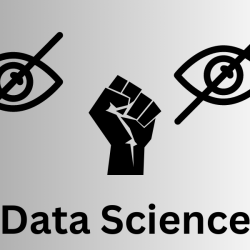
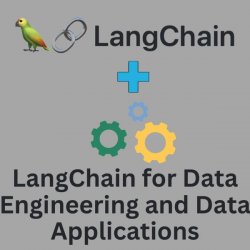
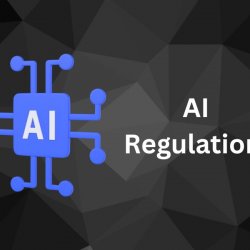
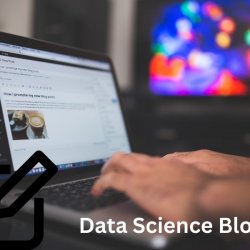
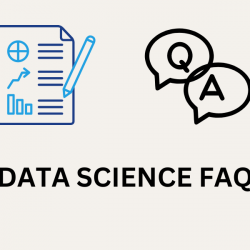
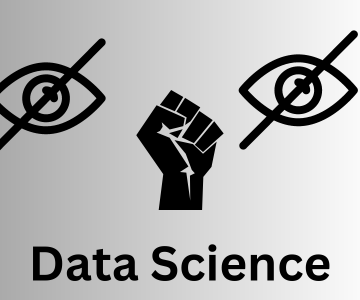
Ingen kommentarer endnu